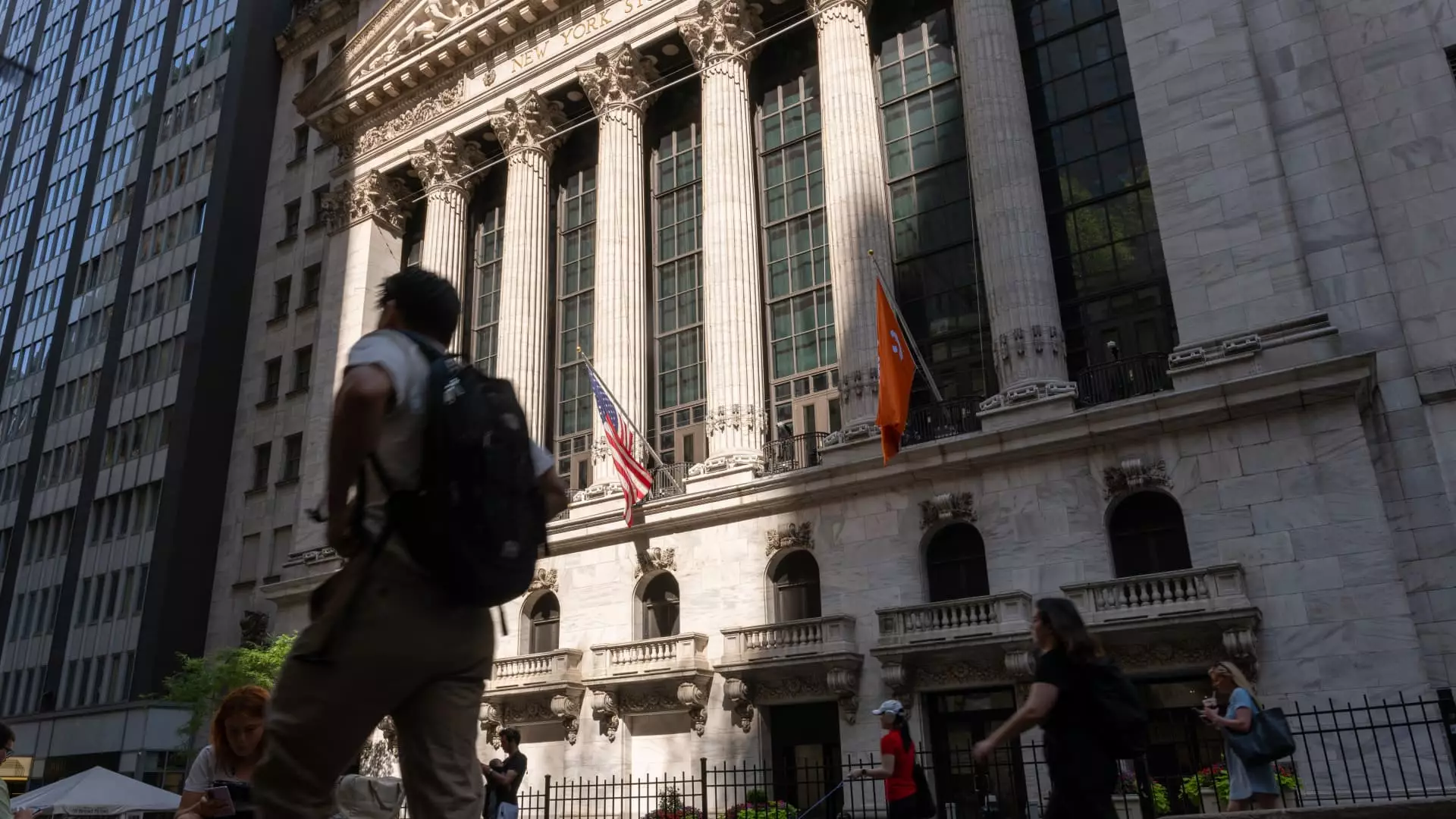The atmosphere surrounding mergers and acquisitions (M&A) has always been a barometer for economic health and entrepreneurial fervor. As the U.S. economy grapples with the fallout from tariffs imposed under the Trump administration, the deal-making landscape is navigating tricky waters. Initially reported momentum in early 2023 has been dramatically altered by a sharp reversal in policies that struck fear into the hearts of investors and dealmakers alike.
When President Trump unveiled his robust tariff policies, the repercussions were immediate: market volatility surged and the appetite for M&A activity took a significant hit. In an atmosphere that was once characterized by the promise of pro-business deregulation and accessible financing, uncertainty loomed large. This undercurrent has prompted a reassessment of risk and opportunity, reflecting how sensitive the M&A environment is to legislative swings. Although the administration’s edicts were viewed as catalysts for growth in many sectors, the reality was that they led to a chilling jargon in boardrooms across America.
Tariffs Lead to a Temporary Frost
In a startling transformation, the total transaction value began to plummet in the weeks following Trump’s “liberation day” tariff announcement. Dealmaking activity fell dramatically. U.S. deal volume plummeted by a staggering 66% to just $9 billion in the first week of April, showcasing how quickly investor sentiment can shift. The stark contrast between the buoyancy felt earlier in the year and the subsequent downturn is a lesson in the fragility of market psychology.
This volatility isn’t solely a measure of how Donald Trump’s tariff policies affected American enterprise; it presents a larger question about how fleeting confidence can derail even the most optimistic forecasts. Although economic analysts predict a revival, this uncertainty underlines the critical need for stable and coherent fiscal policies that foster an environment conducive to growth rather than stifling it.
The Potential Resurgence of Deal-Making
Yet hope seems to be reemerging on the horizon. Following the suspension of the most aggressive tariffs, there was an observable shift in momentum. Buoyed by promises of regulatory normalization, small but meaningful waves in market sentiment suggest that dealmakers are cautiously stepping back into the arena. Historically, periods of uncertainty have given rise to strategic consolidations, and the climate today might just be ripe for a resurgence. Charles Corpening, a notable expert in the field, believes that the landscape will undoubtedly rebound after the summer months.
What’s intriguing is the shift towards “special situations” in M&A—deals characterized by urgency, motivated sellers, and flexible structures. This adaptive strategy reflects an astute understanding of present conditions, allowing companies to pivot quickly. With economic uncertainty prompting businesses to rethink their strategies, these nimble transactions could pave the way for navigating future market environments.
Noteworthy Transactions and Sectors in Focus
Some major players have taken significant strides recently, further signaling potential vitality in the M&A space. Deals in sectors like technology, telecommunications, and utilities have marked the return of strategic deal-making. Examples include Constellation Energy’s acquisition of Calpine for $16.4 billion and the ongoing negotiations of corporate giants like AT&T and Google as they seek expansion through acquisition.
Such movements are not just transactional; they signify shifts in consumer behaviors and growing industrial needs in the face of regulation and competition. A noteworthy case is Kraft Heinz’s consideration of strategic maneuvers in response to new market realities, suggesting that companies are beginning to adapt instead of waiting for perfect conditions. Greener pastures may be found in smaller, impactful transactions that align more readily with the pressing demands presented by current market dynamics.
Navigating a New Normal
Amidst all this change, skepticism remains critical. The fluidity of both economic policy and the geopolitical landscape means that any enthusiasm about the resurgence of M&A ought to be approached with caution. Higher bond yields and financing costs continue to act as economic brakes. Thus, as companies engage with the idea of mergers, they must stay mindful of these looming obstacles, adapting strategies that cater to risk and leverage opportunities.
Ultimately, the M&A landscape reflects not only the health of individual sectors but also the broader economic fabric of society. As the complexities evolve, and as trends shift towards more creative strategies, there exists a potent questioning of what it truly means to be competitive in today’s market. Understanding the rhythm of market conditions and legislative actions will be pivotal in shaping the future of American commerce. The revival of the M&A scene isn’t merely hopeful—it is essential.

